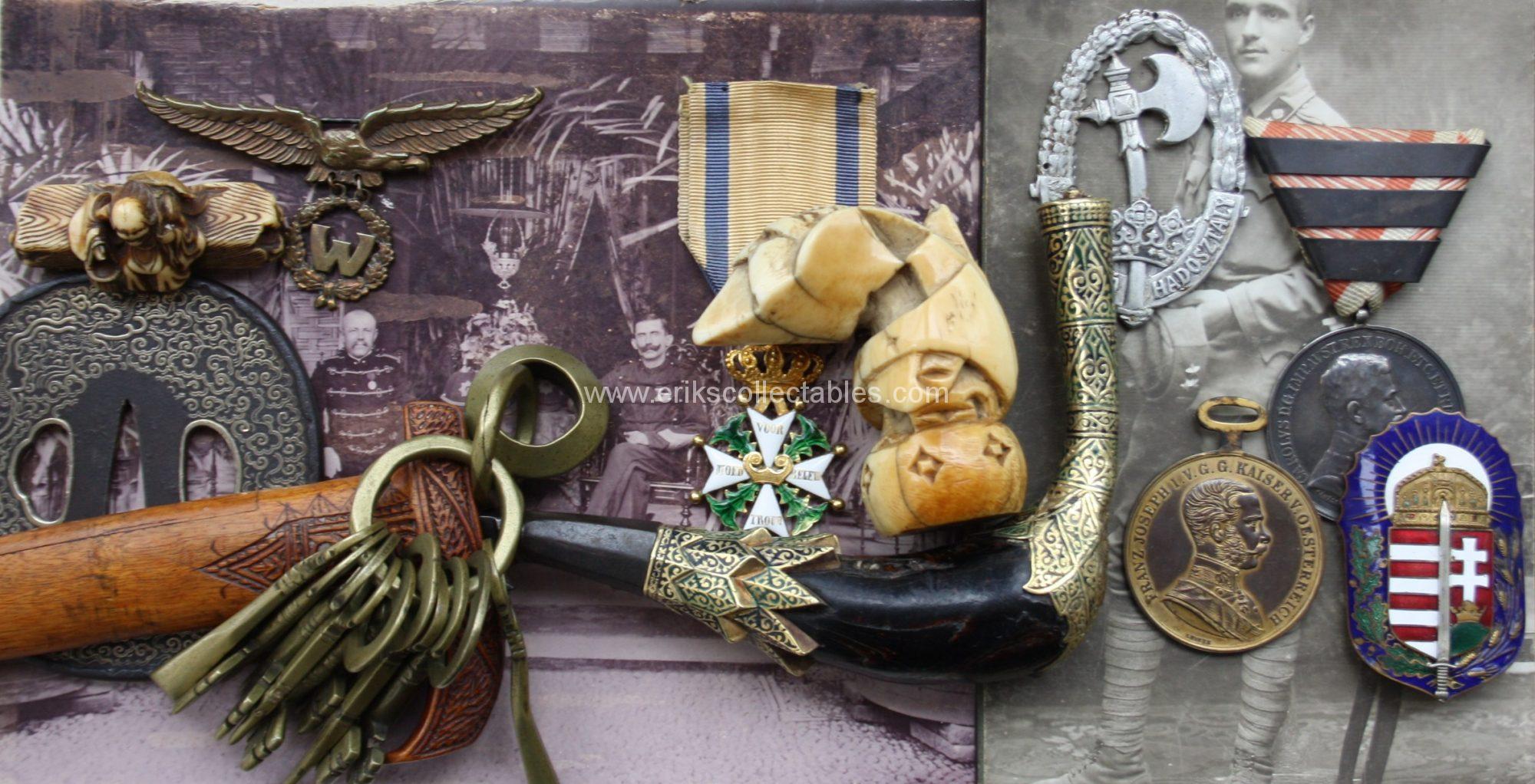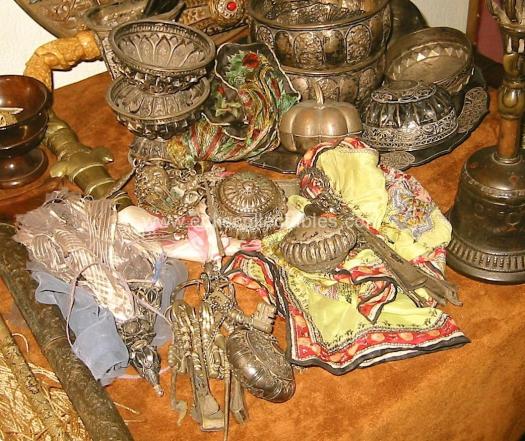De aanschaf van een sigarettendoos met een interessante gravering is het begin van een kleine historische zoektocht. De uitkomst is hieronder te lezen….


Het Gouvernements Stoom Schip Raaf was in 1917 al een oudje. Het was oorspronkelijk in 1875 in Amsterdam te water gelaten. Op 28/29 januari 1917 maakt het schip water, de machinekamer komt ook onder water te staan waardoor het schip praktisch stuurloos is. Dit alle vindt plaats nabij het kleine eilandje Tanakeke in de omgeving van Celebes in het toenmalige Nederlands Indië. Twee vaartuigen die te hulp komen weten het schip vlot te trekken op een zandbank en de bemanning kan gered worden. Hier is de SS Mossel er een van. De Mossel is een stoomschip van de KPM (Koninklijke Pakketvaart Maatschappij – zij onderhielden zowel een soort veerdienst als logistieke service tussen de eilanden van Indonesië). De heer Ponsen is de kapitein en de heer Wichers is de stuurman van het schip.
Nadat het schip gestrand is wordt een poging gedaan het te redden. De machinekamer wordt leeggepompt en de machines worden weer opgestart door de minimale bemanning die naar het schip teruggebracht is. Alles lijkt te lukken en de SS Mossel en de Mataram zijn hierbij betrokken en proberen de Raaf vlot te trekken van de zandbank. Hierbij gaat het alsnog mis. Het GSS Raaf vergaat definitief en de bemanning is wederom te water. Allen worden gered op de Mossel waarbij het zoeklicht van de Mataram hulp biedt bij het uivoeren hiervan. Zelfs de scheepshond en kat worden naar de Mossel overgebracht.
Zowel de kapitein als de stuurman van de SS Mossel van de KPM worden hiervoor nadien (augustus) beloond. Ponsen de kapitein krijgt een gouden zakhorloge en Wichers de stuurman krijgt een verguld zilveren sigarettenkoker aangeboden door de regering!

Meer dan 100 jaar na dato komt de sigarettenkoker van Wichers, in de oorspronkelijke doos in mijn collectie. De doos is geleverd aan de regering door Van Arcken & Co, de bekendste juwelier van het toenmalige Indië.

Van de teloorgang van de GSS Raaf is ook nog een interessant stukje geschreven. Een kopie daarvan kwam mee met de sigarettendoos. De oorspronkelijke bron van het stuk heb ik nog niet achterhaald.








































































